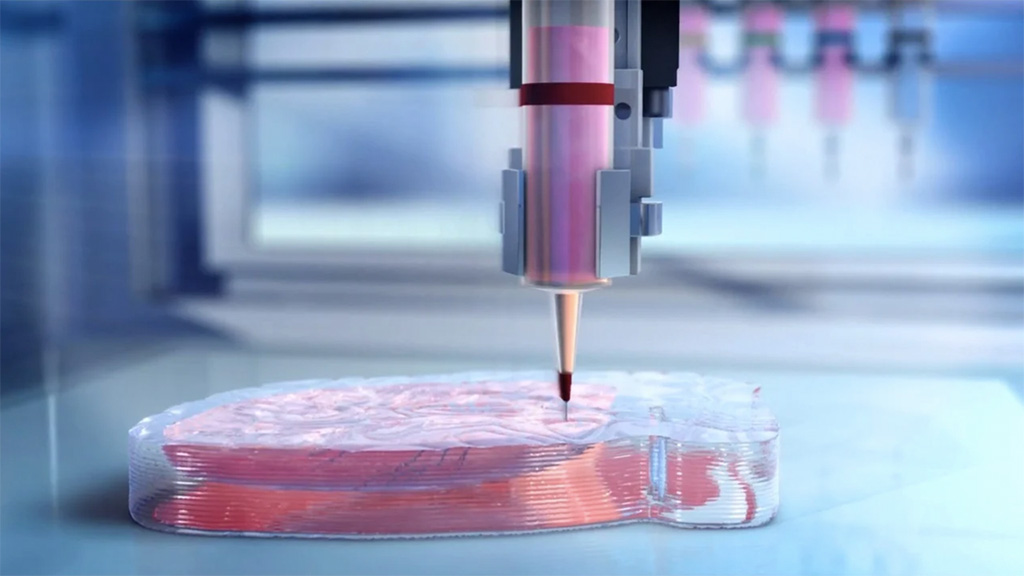Right Now
The Exciting Advances
and Growing Applications of 3D Bioprinting
How It Works
3D bioprinting uses the latest 3D printing technologies to precisely deposit
biological materials layer by layer to fabricate complex living structures.
These biological materials, called "bio-inks", can include living
cells, scaffolds, and proteins. The bio-inks are deposited with specialized 3D
printers under carefully controlled environmental conditions that maintain
cellular viability.
Advancing Tissue Engineering and
Regenerative Medicine
3D bioprinting is advancing tissue engineering and regenerative medicine by
enabling the fabrication of complex 3D living tissues and organ structures.
Traditional tissue engineering techniques struggled with constructing tissues
thicker than a few hundred microns due to lack of vascularization and
nutrient/waste transport limitations. 3D
Bioprinting addresses these challenges by precisely depositing multiple
cell types along with vasculature-enabling materials in a controlled 3D spatial
arrangement.
More Posts

Report This Post
Please complete the following requested information to flag this post and report abuse, or offensive content. Your report will be reviewed within 24 hours. We will take appropriate action as described in Findit terms of use.




















